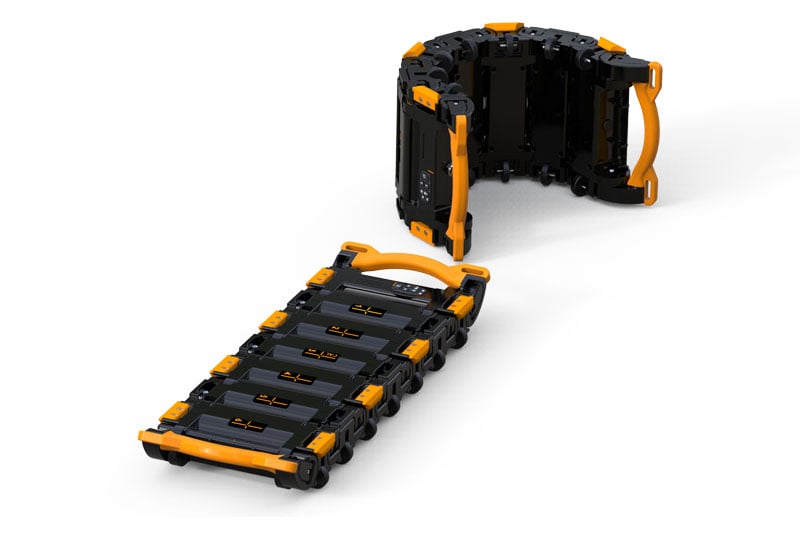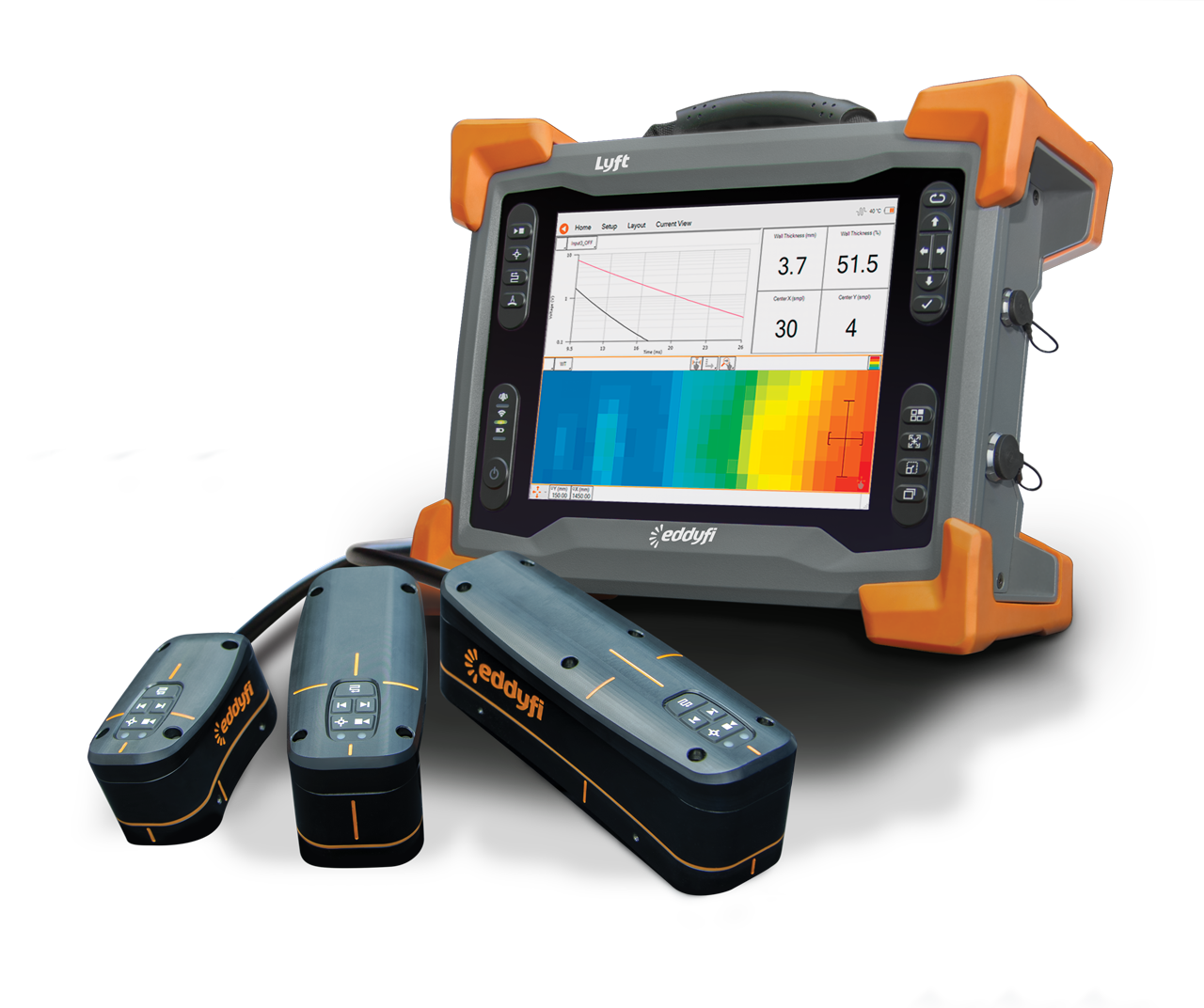Pulsed Eddy Current For Corrosion Detection

Pulsed eddy current has been used successfully as a non-destructive testing (NDT) technique for detecting corrosion in a variety of situations for many years, including on non-insulated objects.
In industries such as oil and gas, petrochemical, shipping and civil engineering – in fact anywhere that makes use of steel structures – corrosion is a key safety and profitability consideration, because failure to identify and act on any form of corrosion can have serious consequences.
Pulsed eddy current is particularly effective where the object or area under test is inaccessible and where the surface is rough or hazardous. No surface preparations such as cleaning, grinding or removal of coatings are necessary, so it is ideal for detecting corrosion in port structures, ship hulls, pipelines, tanks, fire-proofed structures, underwater steel pylons etc.
Pulsed eddy current was originally developed for detecting corrosion under insulation (CUI). It operates by way of a pulsed input signal (as opposed to a continuous signal used in conventional eddy currents) which enables deeper penetration, reduced likelihood of lift-off and quantitative measurements for wall thickness. Eddy currents are induced on the surface of the object and their behaviour is processed and compared to the material properties of the object and the thickness of the wall.
Because this technology doesn’t require the removal of insulation or coatings to test the area, the benefits are significant and include:
- Fast results (no time wasted creating a clean and dry test environment)
- Saves costs (no resources required to clean a coated area in order to test for corrosion beneath)
- Reliable
- Safe (no surface reparation is required, so it is particularly advantageous where surface grinding may be dangerous if the pipe or tank carries hazardous products)
- Ease of use
- Easy retrieval of data for comparison and evaluation
Some examples where pulsed eddy current is used:
- Fireproofed installations such as tank supports
- Port structures
- Jetties
- Bridges
- Ships and boats
- Buried piping
Because of its unique characteristics, pulsed eddy current is a fast, reliable and cost-effective non destructive testing solution for detecting flaws and corrosion, especially in situations that are hard to access and where dirt, corrosion, water, concrete, coatings or even natural marine growth make it difficult to reach the surface area. It’s versatile and easy to operate, and can play a crucial role in the inspection strategy of a huge variety of operations across many different industries.
A recent innovation has been the release of the Lyft system which claims to have reinvented the eddy current technique and which revolutionises the way corrosion-under-insulation is detected. This new system supports more applications than existing systems do and uses advanced software with automatic algorithms to reduce operator-dependence.
If this new product interests you, or you want to find out more any other non-destructive testing or remote visual inspection solution, you should contact the experts in technical equipment, Nexxis. We have extensive experience across all sectors of industry and will tailor make a solution that matches your business needs. Contact us or browse our website to see the extensive range of NDT equipment for sale, lease or hire.

